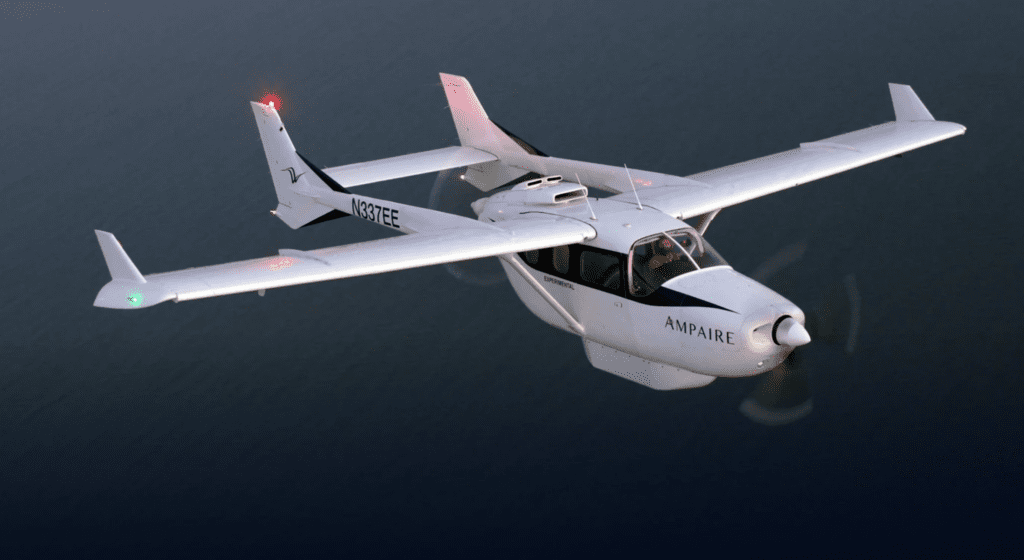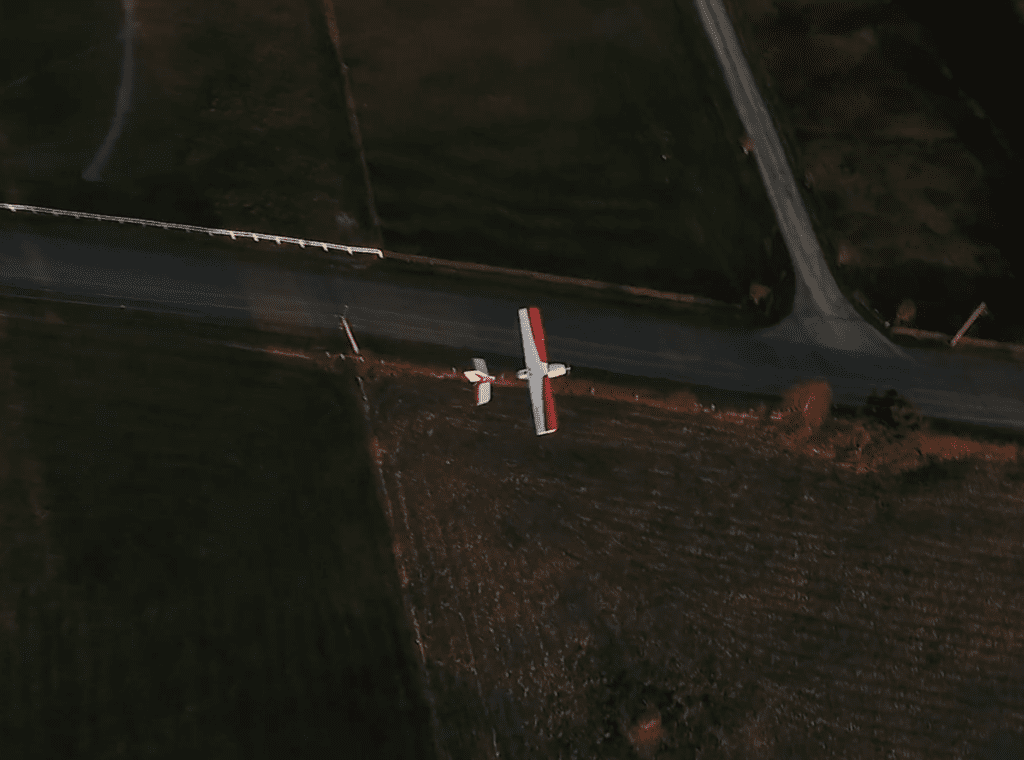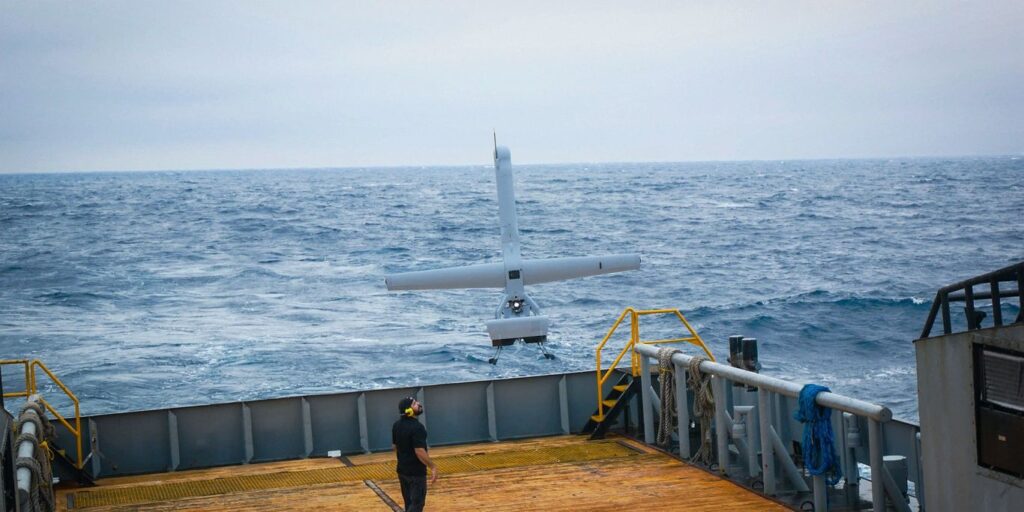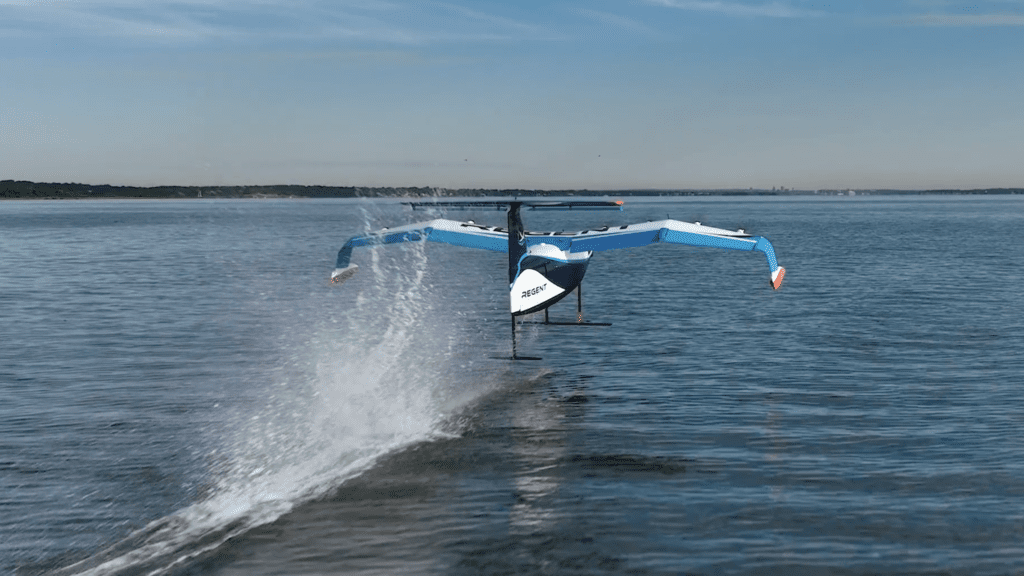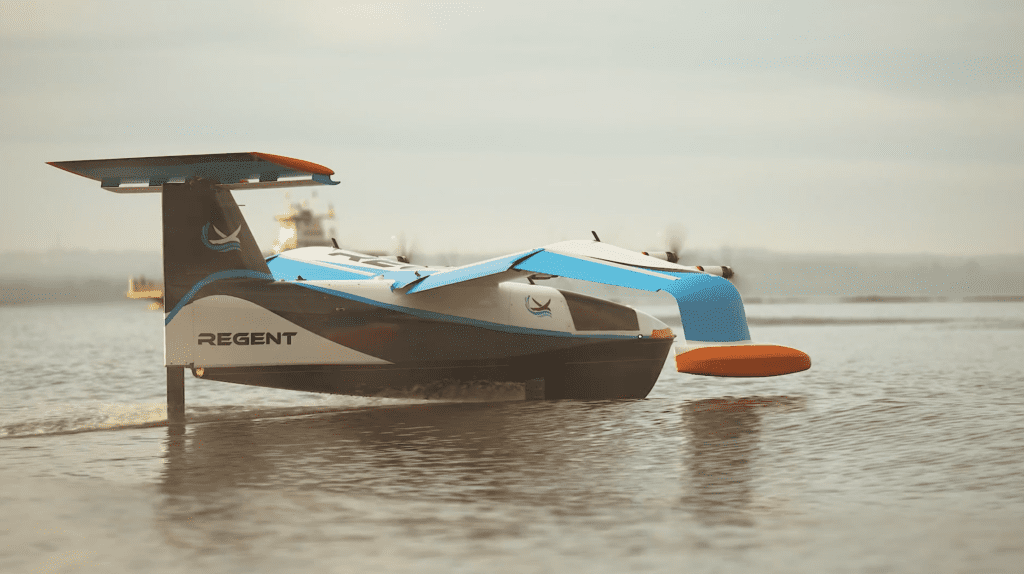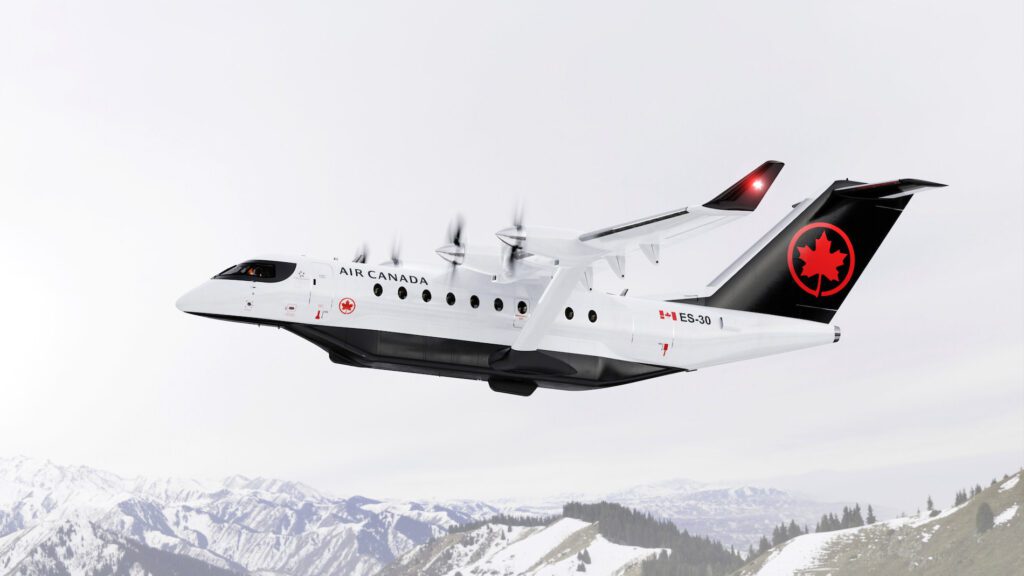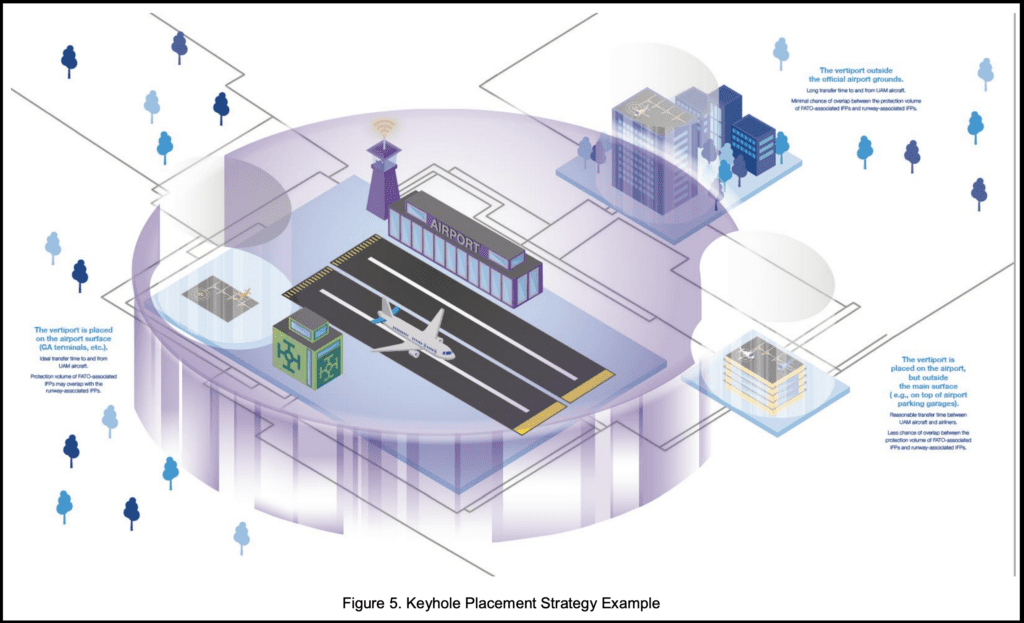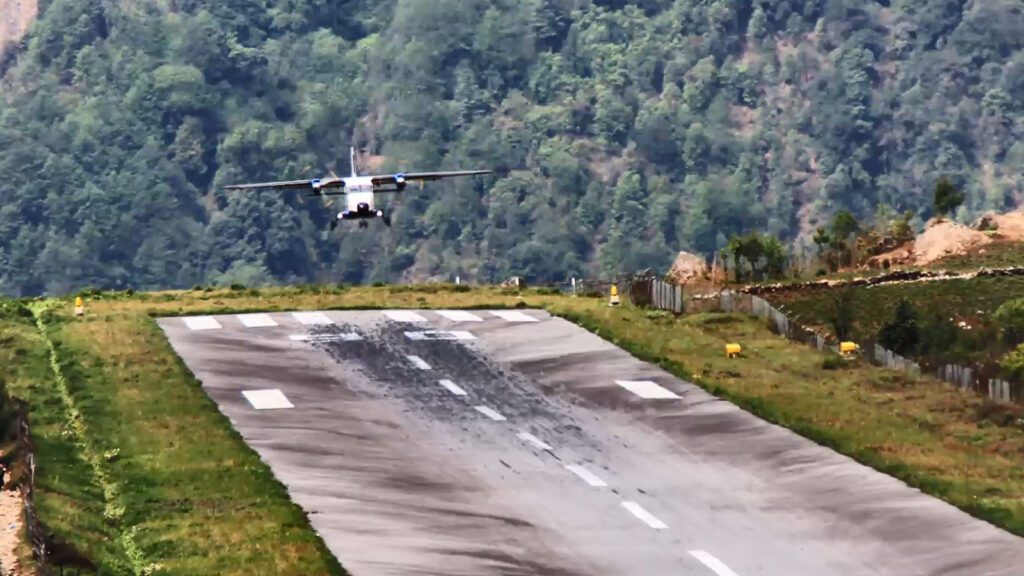Decision Expected This Year on Future Path for F-35 Engine
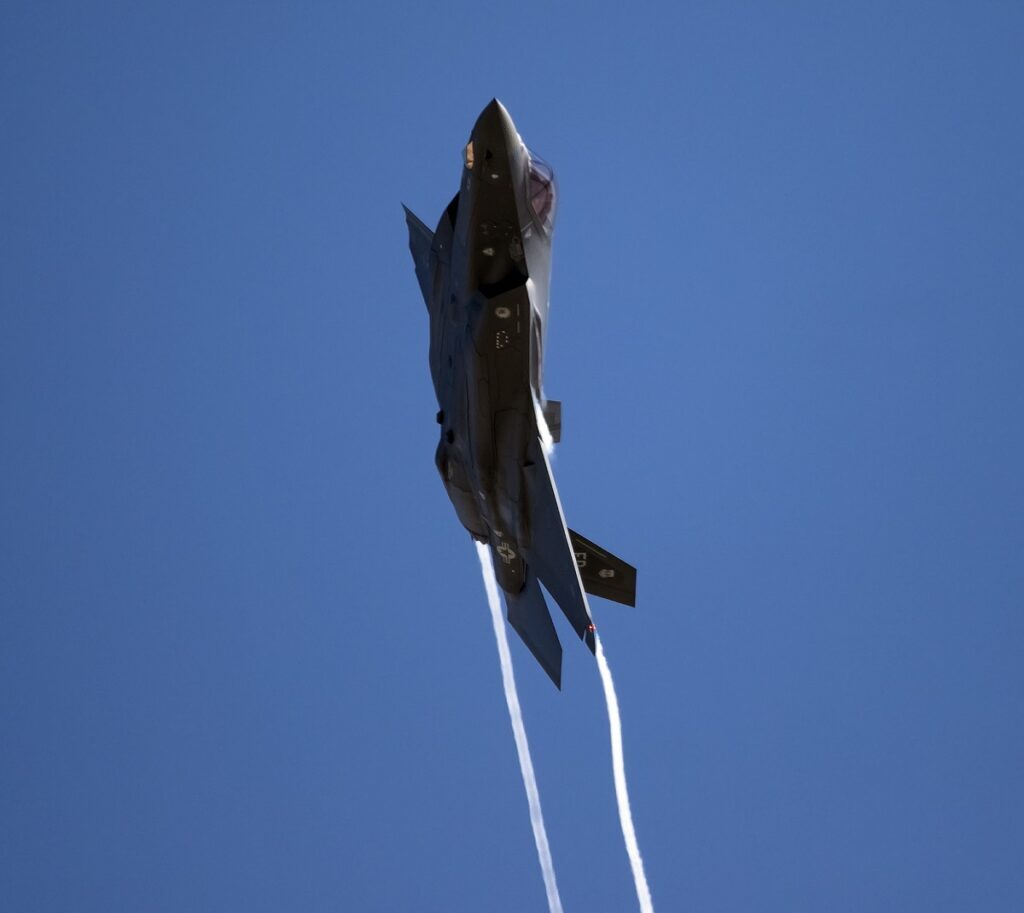

An F-35A Lightning II flies at Edwards AFB, Calif. on, Aug. 1. The plane was the first of six F-35s the 461st Flight Test Squadron and F-35 Lightning II Integrated Test Force will receive in the next few years. The upgraded fleet will be used to test the Technical Refresh 3 and Block 4 configurations of the fighter. (U.S. Air Force Photo)
A Pentagon decision on the future path for the F-35 engine may come this year.
Raytheon Technologies‘ Pratt & Whitney F135 equips the Lockheed Martin F-35 fighter, but the F-35 program has said that the fighter will need a new or significantly upgraded engine with improved electrical power and cooling capacity to accommodate the 53 new capabilities slated for F-35 Block 4.
Technology Refresh 3 (TR3)–spurred by the L3Harris integrated core processor–is the computer backbone for Block 4, which is to have 88 unique features and to integrate 16 new weapons on the F-35.
Pratt & Whitney has said that its F135 Enhanced Engine Package (EEP) has “ample design margin” to allow for the envisioned Block 4 upgrades for the fighter and that EEP will save $40 billion in lifecycle costs.
General Electric has favored a new engine and said that it has tested out the company’s second XA100 adaptive cycle engine at the U.S. Air Force’s Arnold Engineering Development Complex in Tullahoma, Tenn., for the Air Force’s Adaptive Engine Transition Program (AETP).
“Part of the [future F-35 engine] conversation is what myself and [Air Force] Secretary [Frank] Kendall are a part of is we need to look at whatever the follow-on advanced propulsion is gonna be for the F-35, whether it’s AETP or EEP,” Air Force Chief of Staff Gen. Charles Q. Brown told reporters during the Air & Space Forces Association annual conference on Sept. 20. “The other piece of this is actually doing the business case analysis, which is in OSD. We’d like to get to a decision this year to get to a point that we’d be able to say which way we’re gonna go, and then that way we could better invest and make sure we’re gonna provide opportunities in the future because there’s an aspect of the various variants of the F-35, which engine is gonna fit, is one thing to think through, and how do we do this, not just for the Air Force, or do we do this just for the Air Force, but also looking at the other services.”
It seems unclear whether AETP or EEP are the only options, or whether DoD may pursue an open strategy in which bidders may propose either a new engine or an upgraded one.
Since 2016, the Air Force has funded the AETP.
The Air Force plans to field full Block 4 on the service’s F-35As in 2028 when Lockheed Martin delivers F-35 Lot 20. The service may end up fielding some Block 4 functionality on unmanned Collaborative Combat Aircraft, especially if the Air Force decides to forego developing a new F-35 engine. The Air Force has pegged AETP development costs at $6.7 billion.
In addition to the possible release of an F-35 engine modernization solicitation this year, the F-35 program is also to submit to OSD a life cycle sustainment plan this year and is gearing up for first flights of an F-35 with TR3 and the Raytheon Next Generation-Distributed Aperture System (Next Gen- DAS) in the coming months.
The post Decision Expected This Year on Future Path for F-35 Engine appeared first on Avionics International.
—————
Boost Internet Speed–
Free Business Hosting–
Free Email Account–
Dropcatch–
Free Secure Email–
Secure Email–
Cheap VOIP Calls–
Free Hosting–
Boost Inflight Wifi–
Premium Domains–
Free Domains







